4 Hair Care Must-Knows for Aquatic Athletes
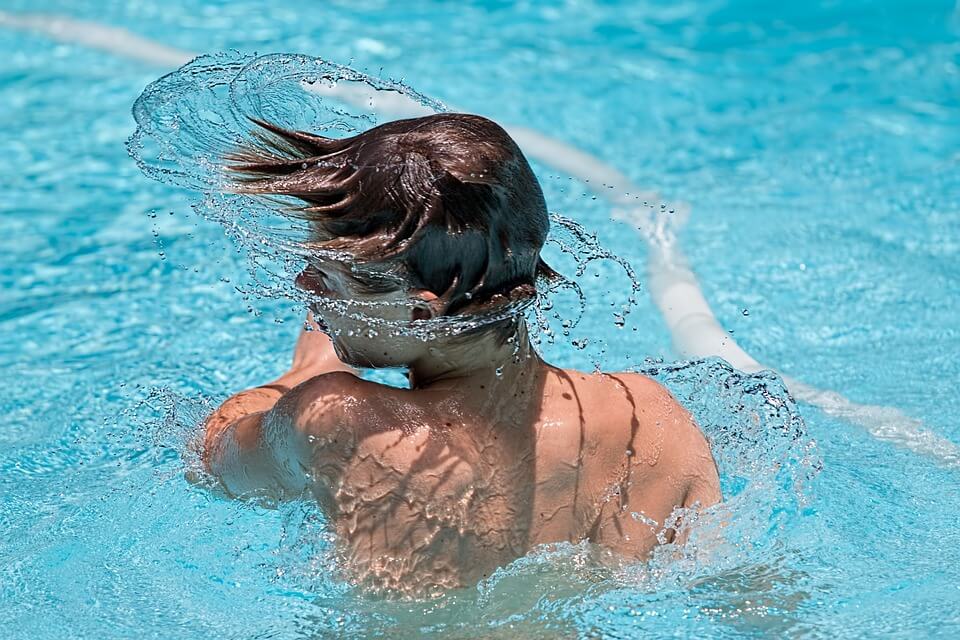
By Xonzy Gaddis, Swimming World College Intern.
Hitting the chlorinated water nearly every day is not always the healthiest for an aquatic athlete’s hair; however, with a focused hair care routine, you can aim for easier styling. Everyone has their own routine, but here are a couple of tips swimmers, divers, and all others – whether involved in aquatic sports or not – can rock a great hair day after intense time in the water. Grinnell College diver Jonathan Rebelsky and swimmer Gretchen Schreiner offer some tips to make sure their hair stays tame during the season.
1. Pre-Practice Hair Care Routine
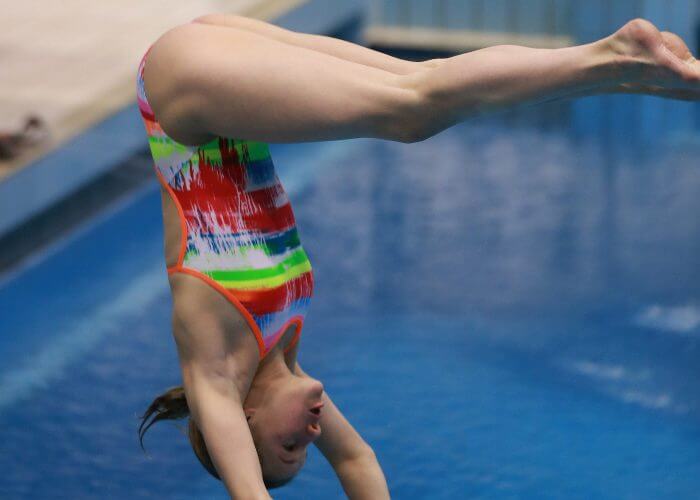
Photo Courtesy: Wikimedia Commons
First of all, know your hair type and how long you will be involved. Sometimes, swimmers have some product left over in their hair, causing their caps to slip off mid-practice and sometimes creating a slimy feeling in the water. Schreiner, who claims to have thin, straight hair, tends not to wash her hair before practice because of how easy it is for the cap to slip off. Rebelsky says that since he just dives, he only worries about rinsing his hair after practice.
As an extra precaution, Schreiner also has a certain way of making sure her cap stays secure. “I know this is an unpopular opinion, but I also do not wear my hair tied back under my cap, since I find the combination of the cap and hair tie pulls a lot more of my hair out during practice,” Schreiner says. Eventually, she just leaves her hair down, puts on her cap, tucks in her hair, and swims a full practice with her cap slip-free.
2. After-Practice Hair Care Routine
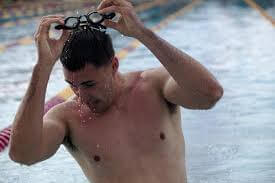
Photo Courtesy: Marine Corps Base Hawaii
After jumping out of the pool, you will have that picture-perfect effect on your hair for a quick minute. However, once you hit the locker room, the tangles are pulling at your scalp. To keep them from getting any worse, Rebelsky uses an anti-chlorine shampoo – a popular product in the locker room – does a quick rinse and condition and finishes it off with a leave-in conditioner.
Schreiner sticks to her usual hair care routine of a regular shampoo, then conditions for about five minutes, which soaks up all the “chlorine grossness.” To follow, she rings her hair out and dries it with a towel, avoiding brushing to prevent breakage – but once in a while, the tangles need taming.
Both the swimmer and diver also recommend treating your hair to a deeper treatment once in a while. Rebelsky claims that a once-a-week almond oil treatment will leave his hair feeling healthier than ever. Schreiner treats herself to a clarifying treatment at a salon once or twice a year to hydrate her hair and remove pool contaminants: “It makes my hair feel like new!”
3. Handling Bad Hair Days
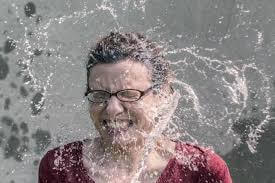
Photo Courtesy: PxHere
Once in a while, aquatic athletes may run into a time where they are rushing after practice and have little time to focus on their hair. Schreiner’s remedy for this is simply leaving conditioner in for a little longer. This quick step allows for the hair to detangle a bit more and remain silky before putting a comb to it.
Rebelsky is one of the lucky ones who claims to have no bad hair days. This is due to his consistent routine of keeping his hair healthy. Following the same hair care routine each day can lead to improved growth and shine, leaving little room for breakage and hair color changes to occur.
4. The Don’ts of Haircare
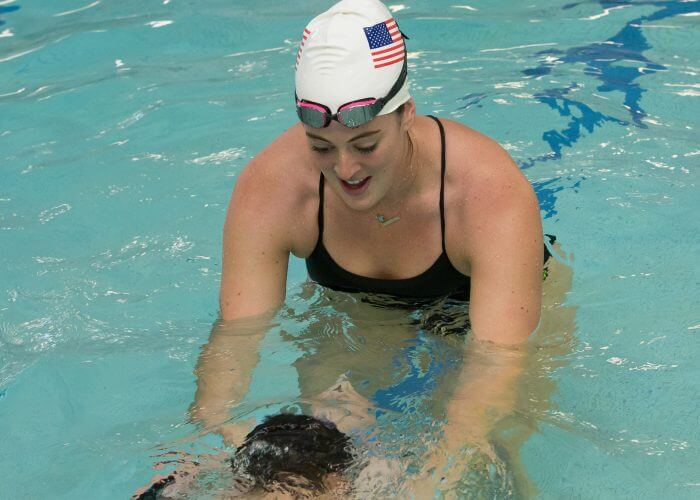
Photo Courtesy: Wikimedia Commons
There are certain actions that can make it harder for aquatic athletes to keep their hair healthy, leading to hair drought, breakage, and oiliness. Schreiner says that a shampoo more than once a day can lead to hair drought: “If I have a full day of swimming, lifting, and running, I rinse my hair off to remove sweat after each practice, but I don’t wash my hair until the end of the day.” She highly agrees that a hardworking day calls for full treatment at the finish! On the other hand, Rebelsky feels that no “don’ts” exist in the world of hair care.
At times, being greatly involved in aquatic sports can make it difficult to take care of your scalp. It may take some time to find what works best for your hair. Try some of these suggestions and others as many times as needed, because what work for others may not work for you. A little experimenting can’t hurt, but don’t go overboard. Cheers to many happy and good hair days ahead!
All commentaries are the opinion of the author and do not necessarily reflect the views of Swimming World Magazine nor its staff.




Abeer Hamed
Thank you Minerva Edward?